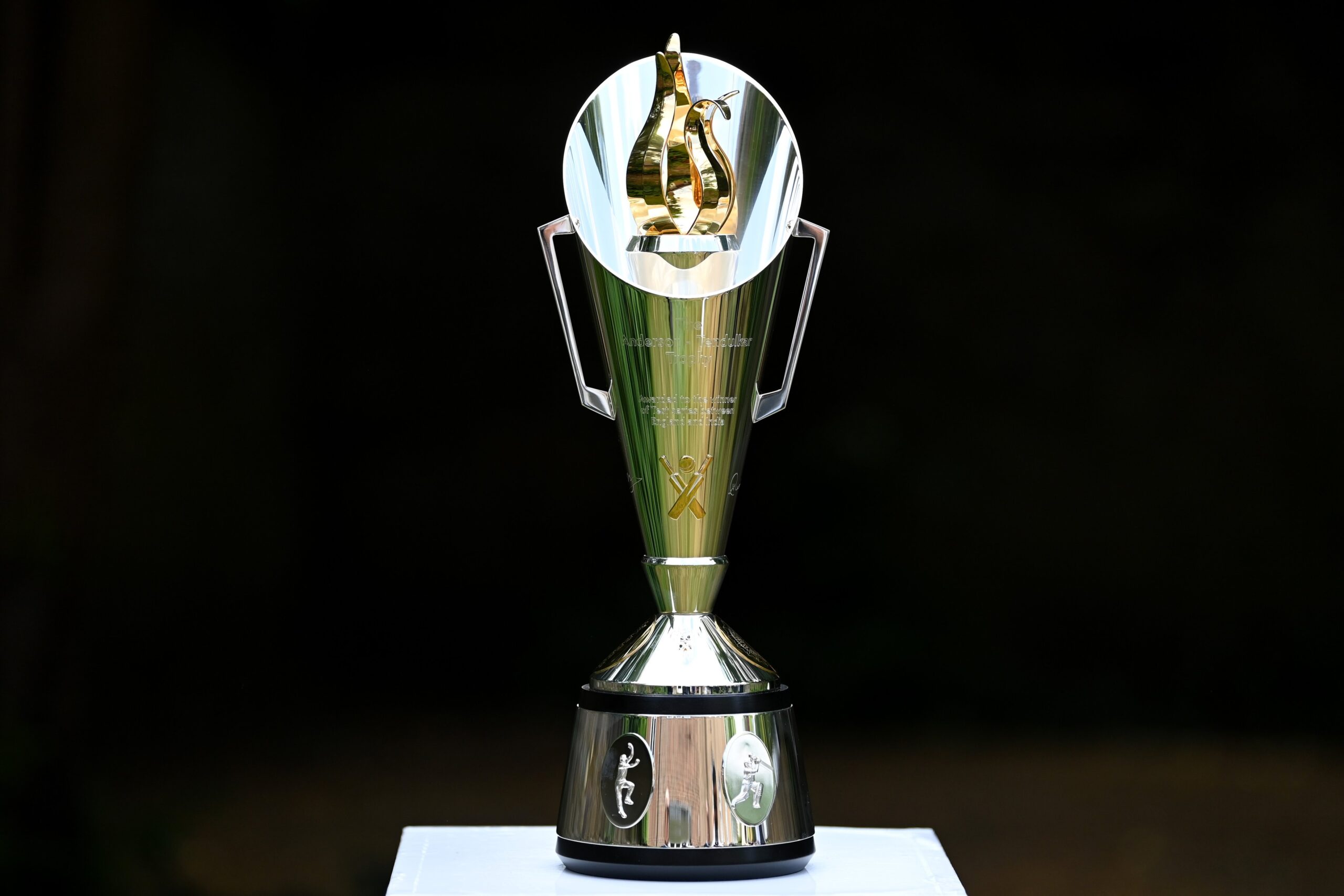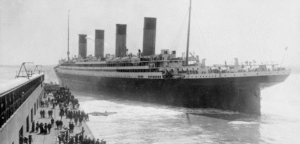The Anderson-Tendulkar Trophy – In a landmark decision, the Board of Control for Cricket in India (BCCI) and the England and Wales Cricket Board (ECB) have introduced the Anderson-Tendulkar Trophy, a prestigious new title for Test series between India and England. Unveiled in June 2025, this trophy replaces the Pataudi Trophy (for series played in England) and the Anthony De Mello Trophy (for series in India), marking a new chapter in one of cricket’s most storied rivalries. Named after two of the game’s greatest icons—India’s batting maestro Sachin Tendulkar and England’s legendary fast bowler James Anderson—the trophy celebrates their monumental contributions to Test cricket while symbolizing the fierce yet respectful competition between the two nations.
A Tribute to Two Legends
The Anderson-Tendulkar Trophy honors two players whose careers have defined modern Test cricket. Sachin Tendulkar, with 200 Test matches and a record 15,921 runs, is widely regarded as one of the most complete batters in cricket history. His 24-year career, spanning 1989 to 2013, included 51 centuries and a pivotal role in elevating India to a cricketing powerhouse. Against England, Tendulkar scored 2,535 runs in 32 Tests at an average of 51.73, with a standout 193 at Headingley in 2002.
James Anderson, England’s most prolific fast bowler, retired in July 2024 after 188 Tests and 704 wickets, the most by any pacer in Test history. Known for his mastery of swing bowling, Anderson claimed 149 wickets in 39 Tests against India at an average of 25.47, including six five-wicket hauls. His ability to outfox batters, including Tendulkar, whom he dismissed nine times in 14 Tests, made him a formidable opponent.
The trophy itself is a work of art, featuring etched images of Tendulkar’s iconic cover drive and Anderson’s signature bowling action, along with their engraved signatures. It stands as a testament to their longevity, excellence, and sportsmanship, with their combined careers spanning 35 years and nearly 388 Tests.
- Postal Index Number (PIN): A Cornerstone of India’s Postal System
- Raksha Bandhan: Celebrating the Bond of Love and Protection
- The Independence of India: Struggle, Sacrifice, and Triumph
- Earthquakes: Causes, Effects, and Preparedness
- OnePlus: Revolutionizing the Smartphone Industry with Innovation and Value
The Legacy of the Pataudi Trophy
The decision to replace the Pataudi Trophy, named after Iftikhar Ali Khan Pataudi and his son Mansur Ali Khan “Tiger” Pataudi, sparked significant controversy. Instituted in 2007 to mark 75 years since India’s first Test against England in 1932, the Pataudi Trophy honored the unique legacy of the Pataudi family. Iftikhar was the only player to represent both England and India in Tests, while Tiger, India’s youngest Test captain at 21, was a revered leader. The Anthony De Mello Trophy, named after the BCCI’s founding secretary, was its counterpart for series in India.
Critics, including former India captain Sunil Gavaskar and broadcaster Harsha Bhogle, expressed dismay at the move, arguing it erased a deep historical connection. Sharmila Tagore, Tiger Pataudi’s wife, called the decision “insensitive,” noting the family was informed via a letter to her son, Saif Ali Khan, without prior consultation. Gavaskar questioned the precedent of retiring a trophy named after players, suggesting it undermined the Pataudi legacy.
In response to the backlash, Sachin Tendulkar intervened, advocating for the Pataudi legacy to be preserved. Following discussions with the BCCI, ECB, and ICC chairman Jay Shah, a compromise was reached: the Pataudi Medal, a new accolade, will be awarded to the winning captain of each India-England Test series. This gesture ensures the Pataudi name remains tied to the rivalry, addressing concerns while honoring Tendulkar and Anderson.
The Anderson-Tendulkar Rivalry
The naming of the trophy is particularly fitting given the on-field battles between Tendulkar and Anderson. Their encounters, spanning 2006 to 2012, produced some of Test cricket’s most memorable moments. Anderson dismissed Tendulkar nine times, more than any other bowler, often exploiting reverse swing or catching him behind. A notable instance was in 2006 at Mumbai, where Anderson dismissed Tendulkar for 1, caught behind off a loose drive. Yet Tendulkar’s resilience shone through, with standout performances like his unbeaten 100 in Chennai in 2008, guiding India to an improbable 387-run chase.
Tendulkar himself praised Anderson’s skill, noting his ability to bowl a “reverse of reverse” swing, a rare feat he discussed with enthusiasm in a conversation with Brian Lara. Their mutual respect off the field further elevates the trophy’s significance, symbolizing not just competition but admiration between two masters of their craft.
A New Chapter in a Historic Rivalry
The Anderson-Tendulkar Trophy was unveiled on June 19, 2025, ahead of a five-match Test series starting at Headingley on June 20, marking the start of a new ICC World Test Championship cycle. The launch, initially planned during the WTC final at Lord’s, was postponed out of respect for victims of a tragic plane crash in Ahmedabad that claimed over 241 lives.
The upcoming series promises to be a thrilling contest, despite India missing stalwarts Virat Kohli, Rohit Sharma, and R Ashwin, who retired from Tests earlier in 2025. Led by new captain Shubman Gill, India faces a formidable England side under Ben Stokes. Anderson, now England’s bowling consultant, predicted an “exciting series,” citing the competitive history, including a 2-2 draw in 2021-22.
Reactions and Reflections
The renaming has elicited mixed reactions. Anderson expressed pride and disbelief at sharing the honor with Tendulkar, whom he admired growing up. “It’s a huge honour. I still can’t quite believe it,” he said, emphasizing the rivalry’s intensity and history. Tendulkar, reflecting on his deep connection to England—his first international century at Old Trafford, playing for Yorkshire, and his English mother-in-law—called Test cricket “life itself,” crediting it for shaping his career.
However, critics argue the change prioritizes modern relevance over historical significance. Bhogle noted the Pataudi family’s unique ties to both nations, while Gavaskar urged future Indian cricketers to decline similar honors to avoid erasing legacies. Despite the controversy, the BCCI and ECB view the Anderson-Tendulkar Trophy as a celebration of “mutual respect, performance, and cricketing history.”
Looking Ahead
The Anderson-Tendulkar Trophy signifies more than a name change; it encapsulates the evolution of Test cricket through two of its greatest ambassadors. As India and England prepare to clash, the trophy will serve as a reminder of their individual brilliance and the enduring rivalry between two cricketing giants. With the Pataudi Medal ensuring the Pataudi legacy endures, the stage is set for a new era of competition, where history and modernity converge on the hallowed grounds of Test cricket.
The first series for the Anderson-Tendulkar Trophy promises to add another chapter to this storied rivalry, with fans eagerly awaiting the battles that will define this new legacy. As Tendulkar aptly put it, “Test cricket embodies life,” and this trophy ensures that the spirit of endurance, discipline, and adaptability will continue to inspire generations.















Leave a Reply